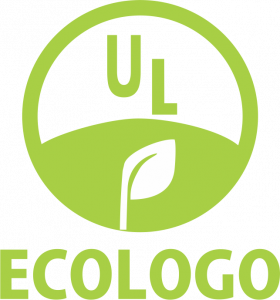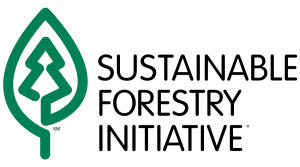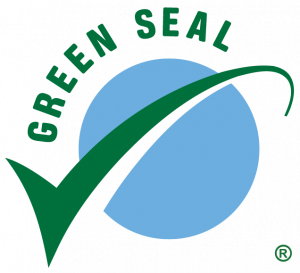Paper Supplies
Key Procurement Guidelines and Considerations
- Post-consumer waste/recycled content paper with the highest percent of recycled materials. Minimum requirement is 30% post-consumer waste; 100% post-consumer waste paper is available2.
- Certified by Green Seal, UL ECOLOGO, or the Forest Stewardship Council1.
- FSC certified paper made in part with post-consumer materials2.
- Purchasing recycled paper may cost more, but price differences are usually small. Use purchasing power to negotiate for equal pricing with their supplier/distributor. Purchasing recycled paper will stimulate demand for more recycling2.
- Go paperless = Great reduction in your practice’s environmental footprint, while having a positive financial impact and improve the quality of medical records.
Paper manufacturing utilizes a great deal of energy, water, and chemicals, contributing to pollution and deforestation1. About 90% of paper production comes from trees, consuming 300 million forested acres worldwide2. The paper industry is a significant contributor to water and air pollution. Harmful chemicals, e.g. bisphenol A, are observed in wastewater and found downstream from paper mills3,4, posing significant health risks to animal and human life. Paper consumption worldwide is increasing with 35% of harvested trees used to make paper. Additionally, in the US waste paper accounts for approximately 40% of total waste5!
Practices should start by setting paper reduction goals and consider going paperless, if not already1. Print double-sided. Use email for correspondence, vaccine reminders, invoicing, and client education. Make scratch pads or draft documents on discarded paper that was printed one-sided. Reducing your practice’s paper consumption can significantly reduce your environmental impact and save money1 that is otherwise spent on printing costs. Going paperless is a great marketing tool and recent research demonstrates a client-driven economic incentive to invest in sustainable business practices6. When purchasing paper is necessary, the following guidelines can help you make the responsible choice to minimize health and environment risks.
When purchasing paper, there are two main things that consumers should look for:
- Paper manufactured by post-consumer waste: this is not made from wood pulp
- Paper certified from the Forest Stewardship Council (FSC): this is made from forests that are sustainably managed
Buyer Beware
In this procurement category and others, greenwashing must always be a consideration. One way paper companies may try to target sustainably focused consumers by using the color green in labeling and marketing. Click here for more information on greenwashing. The tips outlined in this guide will help you avoid falling prey to greenwashing tactics.
Additional Resources
- Sustainability Roadmap: Paper Reduction and Sustainable Printing
- NRDC Checklist: This a downloadable spreadsheet that provides a checklist/guide for implementing paper reduction methods in the office space.
References:
1. Responsible Purchasing Network: Copy Paper.
2. Sustainability Roadmap for Hospitals: Paper Reduction and Sustainable Printing.
3. Dsikowitzky, L., Botalova, O., Illgut, S., et al. Identification of characteristic organic contaminants in wastewaters from modern paper production sites and subsequent tracing in a river. J Hazard Mater 300, 254–262 (2015).
4. Rigol, A., Latorre, A., Lacorte, S. & Barceló, D. Determination of toxic compounds in paper-recycling process waters by gas chromatography–mass spectrometry and liquid chromatography–mass spectrometry. J Chromatogr A 963, 265–275 (2002).
5. Cheung, W. M. & Pachisia, V. Facilitating waste paper recycling and repurposing via cost modelling of machine failure, labour availability and waste quantity. Resour Conserv Recycl 101, 34–41 (2015).
6. Deluty, S., Scott, D., Waugh, M, et al. Client Choice May Provide an Economic Incentive for Veterinary Practices to Invest in Sustainable Infrastructure and Climate Change Education. Front Vet Sci 7, (2021).



